I’m an avid sock knitter and almost never have empty sock-size needles. In fact, I keep half-finished socks in my purse, just in case I get stuck somewhere or have a few spare minutes. Knitting socks brings me joy.
So you might be surprised to learn that I also have a drawer full of store-bought socks. Yup. Funky prints and gray athletic socks and wool hiking socks, too. There’s a reason for that.
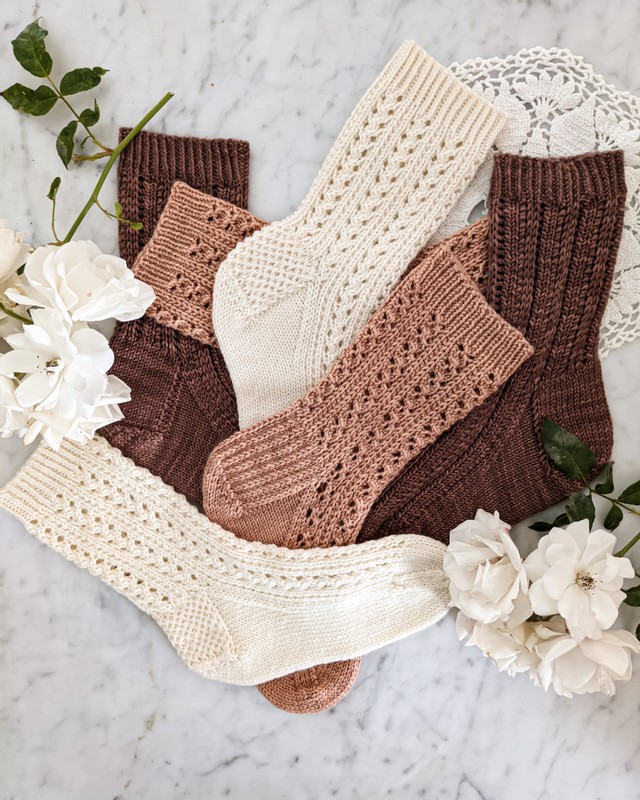
I get a lot of questions from people about all my sock knitting. One of the most common is this: are hand knit socks better than socks from the store? Well, yes and no.
The answer, as in so many other things, depends on your priorities and needs. Let’s explore some of the factors that might affect whether you decide hand knit socks are better than store bought socks for you.
And of course, if you decide after reading this that hand knit socks are your preference, be sure to check out my top 5 sock yarn recommendations.
Foot Sensitivity – A Tie
One of the first factors to consider is the sensitivity of your foot – but depending on what sensitivity you struggle with, this could cut either way! Let me explain.
Some people find that hand knit socks, even at a very fine gauge, are still too rough for their feet. The bumps of the purl stitches tend to press or chafe, causing irritation and even blisters. Sometimes, even using a princess sole (where the purl stitches are on the outside) isn’t enough.
I find this to be true for my feet after an extended period of time, so I use store-bought socks for long walks, hikes, or days when I’ll be on my feet for a while. I save my hand knit socks for when I’m cozying up at home or not doing a ton of walking.
Others find that the seam in the toe of most store-bought socks is really irritating. If you’re one of those people, you might prefer hand knit socks, where you can use grafting to close up the toe of a sock without a full seam. If you’re especially sensitive to the seam, you could also try toe-up socks or a round toe, both of which have no seam or graft at the toe at all.
Customizable Shape and Size – Strong Advantage Hand Knit Socks
Mass-manufactured socks rely on stretchiness and standardization to achieve fit. That means there will always be people for whom these socks aren’t a great fit, especially at the larger and smaller ends of each size range.
Feet come in infinite sizes and shapes, with varying lengths and widths and instep heights and toe shapes. Sometimes, the same body will have two very different feet, too. That can be due to different sizing, injury, disability, illness, or some other factor.
Whatever the reason, all feet deserve to be cozy and snug, so hand knit socks might be a better choice for some of these folks. When you knit your socks by hand, you can more easily customize their length, circumference, heel type, instep height, and more. You can also make different shapes and sizes for two different feet.
That can be a real relief if you’re used to socks that slip and slide, twist around, or stretch too tightly in certain spots. A sock tailored to your feet’s unique needs will be more likely to stay put.
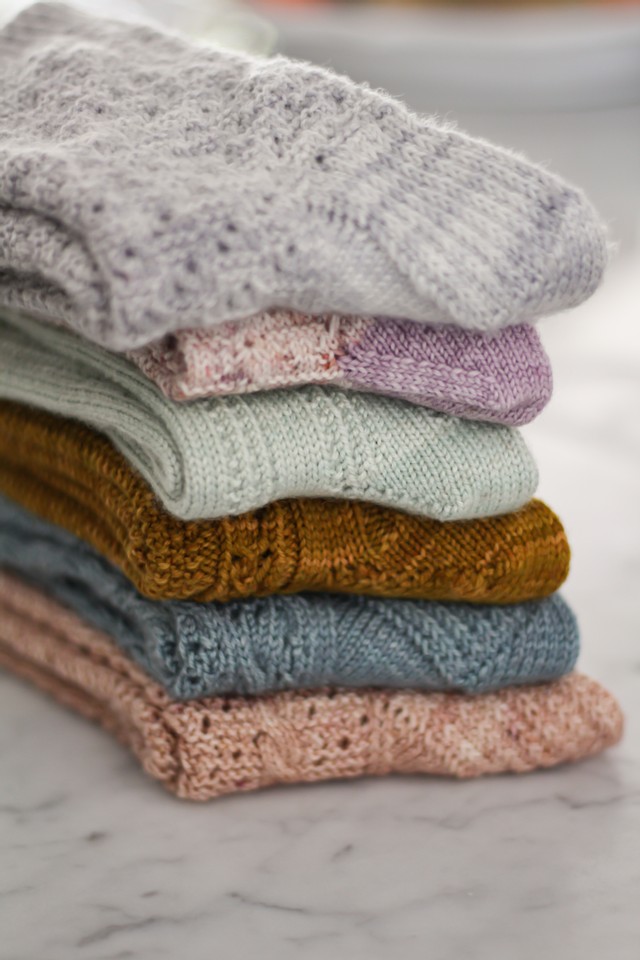
Moisture Wicking – Slight Advantage Hand Knit Socks
If your feet are prone to sweating or if you’re out in wet weather, you might want some wool socks. Wool has moisture-wicking properties and doesn’t retain odor.
But most mass manufactured socks are made of cotton. Cotton absorbs moisture and retains it, leaving your feet feeling soggy and damp. That’s, uh, an unpleasant sensation, to put it mildly.
It’s true that some specialized socks are made of wool. The cost of a pair of those socks, though, is often about the price of the yarn to make a pair of hand knit socks. If you already enjoy knitting anyway, you might reasonably conclude it’s worth it to spend the same amount of money and have some fun knitting while you’re at it.
Ease of Accessibility – Strong Advantage Store Bought Socks
In 2010, I went to visit my friend Katie while she was studying in England. It was March. When I arrived and started unpacking, I came to the horrible realization that I had forgotten to bring any socks.
Yes, you read that right. I went to England in March with no socks.
So we popped into town, wandered into a fast-fashion clothing shop, and I bought a pack of 5 pairs of colorful, pastel socks to get me through the week. Some were striped, others had a contrasting heel and toe, and one pair had little pink roses. I still have some of them.
The moral of this story, of course, is that sometimes you just need some socks. If you need socks right now, this very instant, hand knit socks aren’t going to be your best choice. Even at my very fastest, a pair of socks will still take me about a week to make.
This is also important because not everybody has time or ability to make their own clothing. Some people work one job with very long hours, and some work three jobs to make ends meet. Others have trouble manipulating the small needles and fine yarn for making socks, for a whole host of reasons. Some knitters just plain hate knitting socks. Their feet deserve warmth and comfort, too.
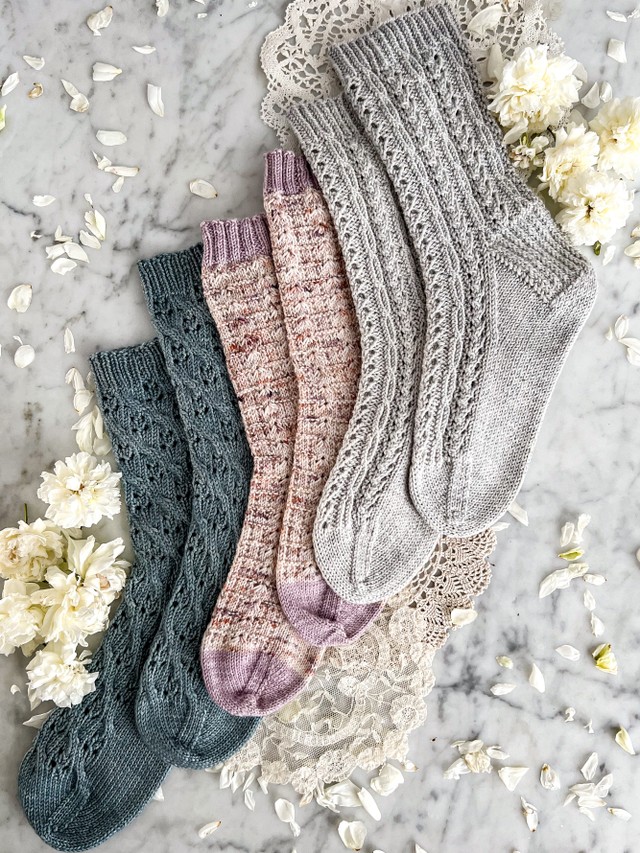
Ethical Manufacturing – Advantage Hand Knit Socks
If you care a lot about the conditions where your clothing is made and the materials it’s made from, you might prefer hand knit socks. There are ethical clothing companies, of course, but each company seems to define it slightly differently, and you have to rely on somebody else to monitor and enforce those ethical manufacturing guidelines.
When you make your own clothes, you control the manufacturing conditions. There’s something to be said for that.
And when you knit your own socks, you can also control the materials you use. Depending on your source of concern, you can get locally sourced wool, non-superwash wool, wool with or without nylon, wool dyed only with natural dyes, and so on. You can even get to know shepherds to see how they treat their flocks. Then you can buy wool only from shepherds who treat their flocks in ways you agree with.
Design Details – A Tie
Depending on the kind of design details you want in your sock, you might find that what you want is easily found in stores or can’t be found anywhere. Socks with fun and funky prints are all over stores nowadays. I’ve bought striped socks, argyle socks, socks with teddy bears, and socks with pictures of yarn and knitting needles on them.
Some store-bought socks also have design details that are basically impossible to achieve with handknits. If you’re looking for an extremely fine lace or a delicate pointelle, you’re going to be hard-pressed to match texture that with hand knitting.
When it comes to cabled socks, sometimes you can buy them in stores, especially in specialty shops and during the wintertime. This one can be hit or miss. I find they’re harder to buy during the summer months and tend to be at the whim of fashion in some regions.
But I have never, in all my years of knitting socks, found any store-bought socks that look like the ones I knit for myself. The combination of eyelets and tiny cables, the intricate lacework, and the columns of slipped stitches are unusual. The hand-dyed yarn colors can’t be easily replicated at mass-production scale. If you want socks that look nothing like what’s available in stores, making them for yourself is a sure way to achieve that.
Durability – Needs More Info
Socks get a lot of wear and tear, and if you care about keeping your budget in check, avoiding textile waste, or just saving yourself a bunch of trips to the store, you might have questions about whether handknit socks or store-bought socks are more durable.
And the answer, unfortunately, is just too complicated for this little blurb in a blog post.
So I wrote a separate blog post exploring the factors that can make knit socks durable and some of the things that might undermine their structural stability. I hope it’s helpful for you.
In the end, as with so many things, you’ll need to make a personal choice on this one, informed by what works best for you and what you care most passionately about. You may find, like me, that there’s a place in your wardrobe for both types of socks. You may also find you have a strong preference for one or the other.
I’d love to hear your experiences in the comments.
Let’s stay connected!
Join my newsletter for 30% off all new releases, regular updates with helpful tips and tricks, first crack at registration for upcoming workshops, exclusive discounts, and more.
Join the A Bee In The Bonnet Facebook Group to participate in knitalongs and other fun community events
Come hang out with me on the A Bee In The Bonnet TikTok
Follow along on the A Bee In The Bonnet Instagram
Get inspired via the A Bee In The Bonnet Pinterest

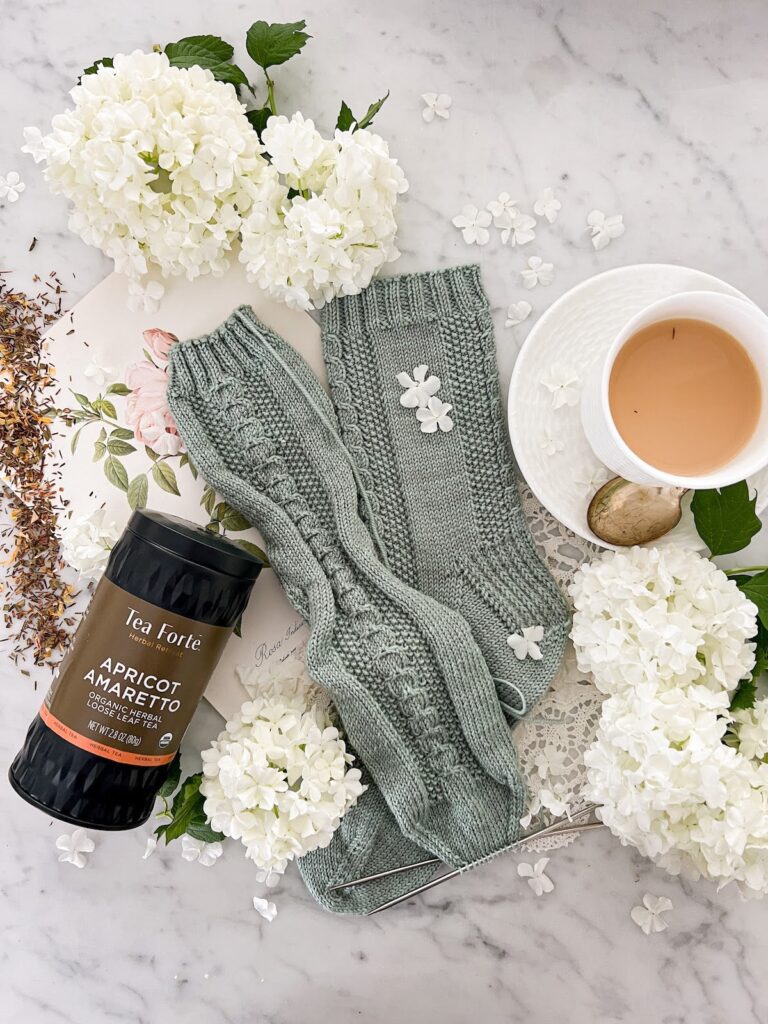
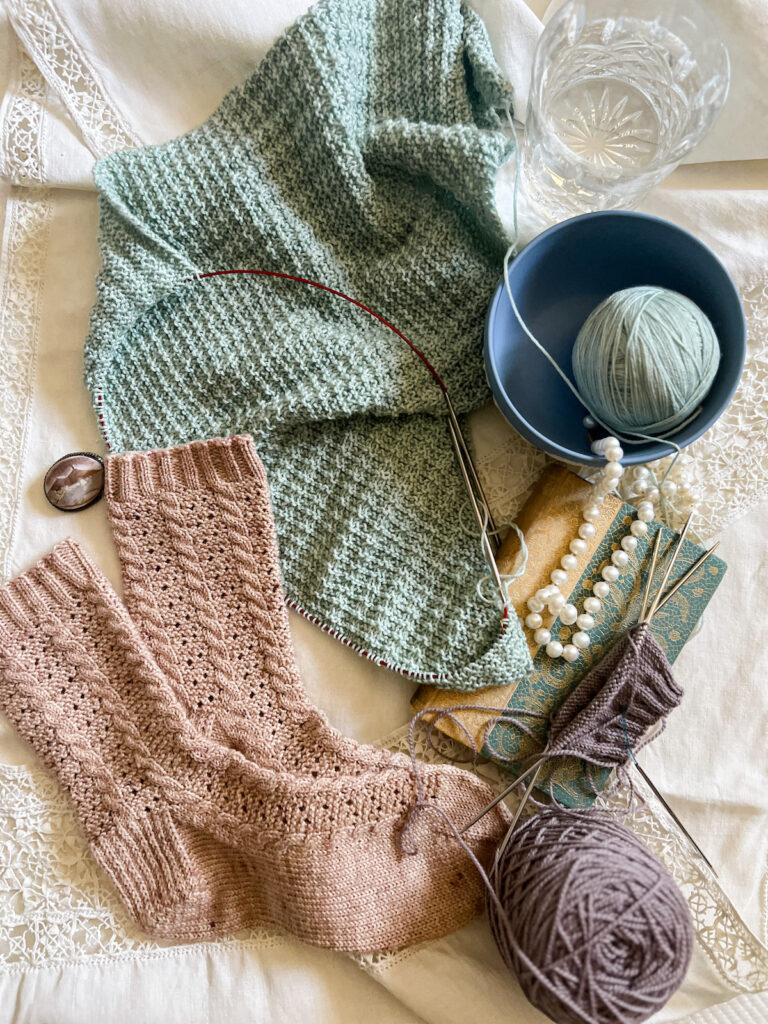
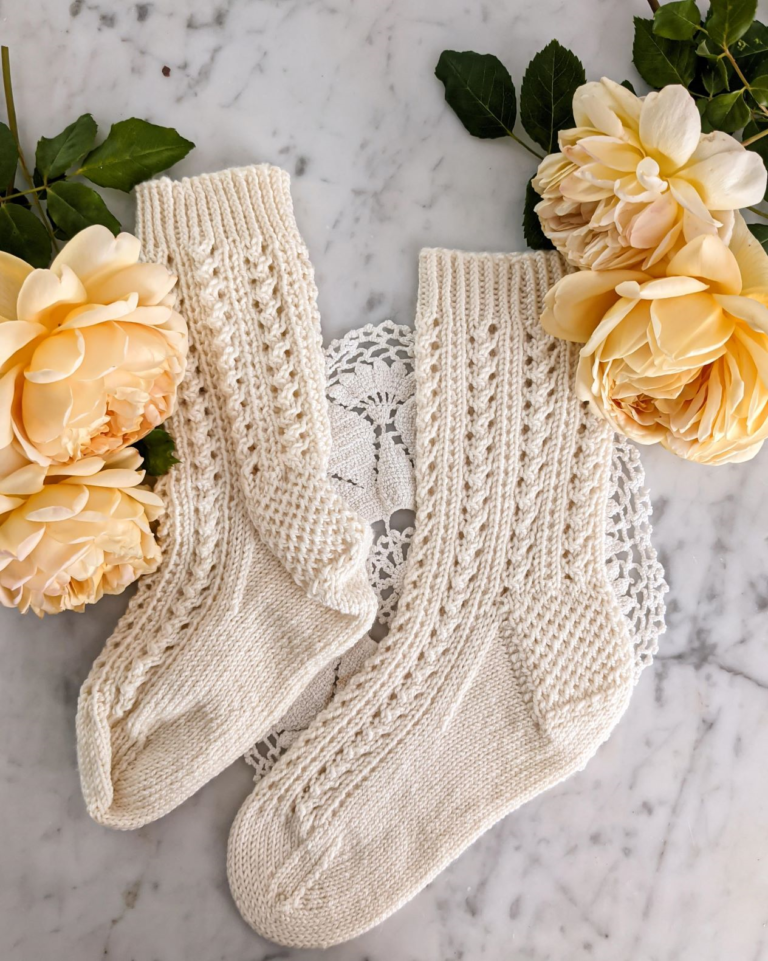
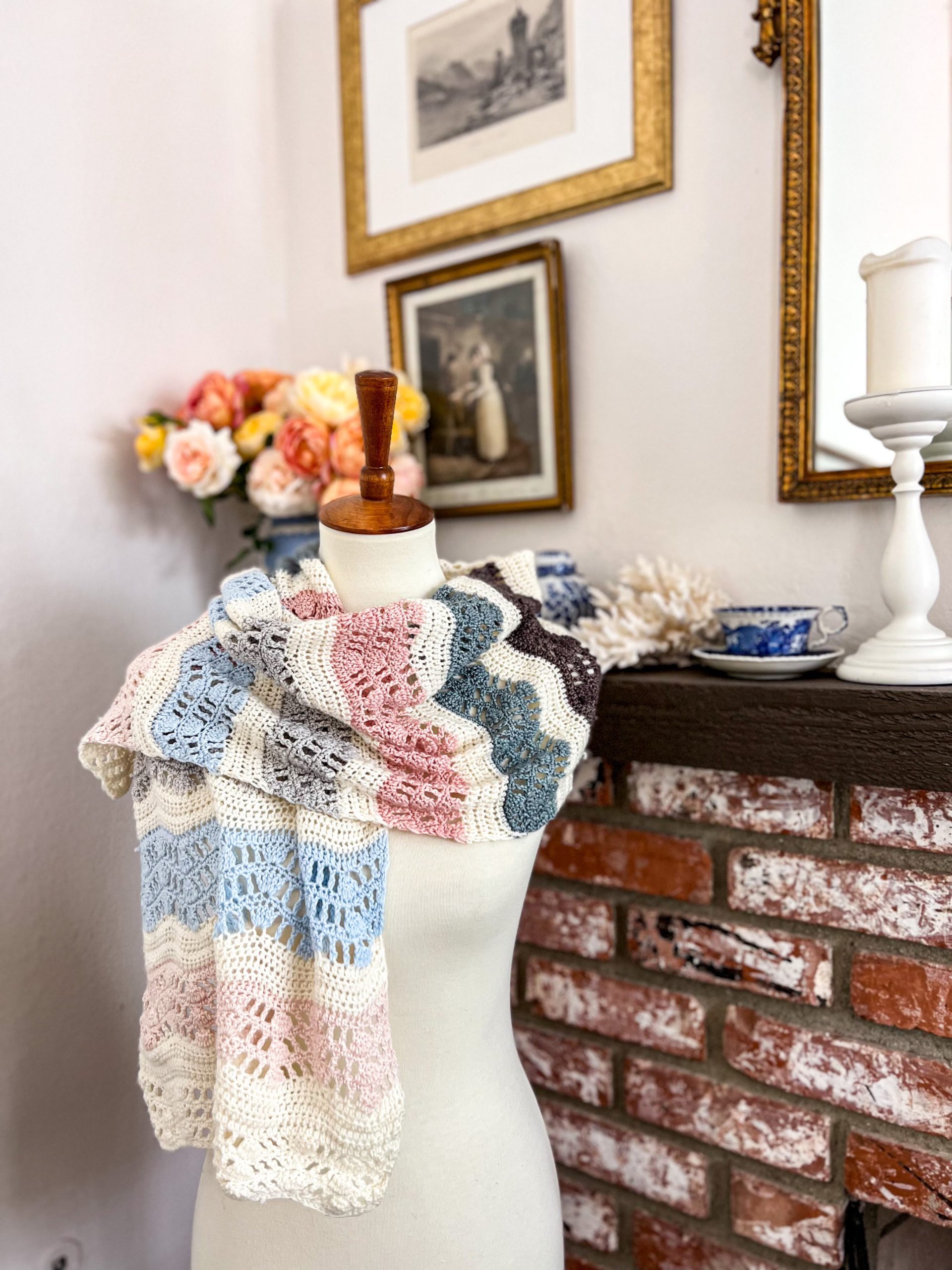
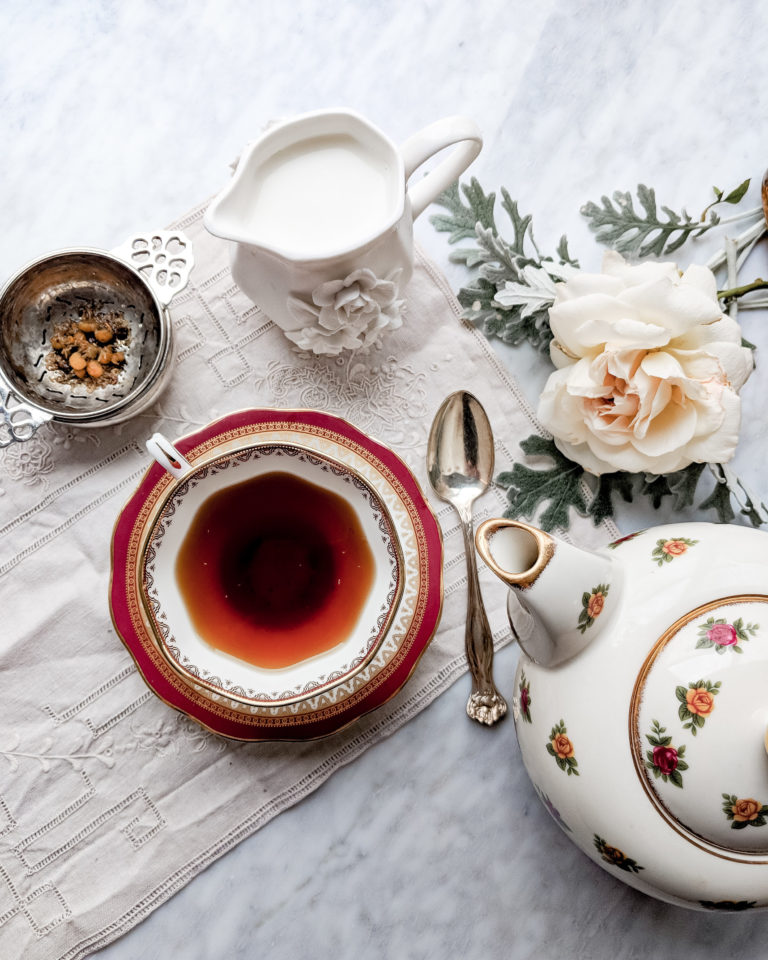
Custom fitting and custom colors are the main reasons I hand knit socks. Both my husband and I have feet that are just a little bigger than the standard store bought socks are designed to fit. I also am rarely without socks in progress on my needles. They are a great portable project to work on while waiting anywhere and also a great thing to knit in the hot weather season since they don’t heat up your whole lap area. There’s so many different patterns, heel types and methods I feel I am always learning something new thus keeping my brain exercised as well. Knitting Socks Rocks!!!
You’ve hit on so many of the reasons I love knitting socks! Glad you enjoy them, too.
I’ve been on a sock knitting kick since 2019 and show no signs of slowing done. The challenge is that I live in Florida and don’t have the opportunity to wear them often. It was a true pleasure to spend time in the UK a month ago and wear my socks! And I have another sock on my needles!
Now that’s the spirit! It’s usually too warm for socks here in Ventura, too, but I like them for sleeping and snuggling up on chilly days. Sock knitter for life over here.
What a thoughtful, informative, intelligent and well balanced article. Thank you very much. If only the rest of the internet was like this, it would be much more valuable.
That’s very kind. Thank you.